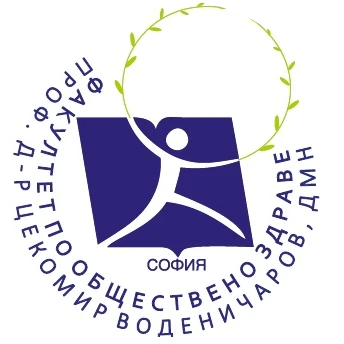Spasticity is a condition in which there is an abnormal increase in muscle tone, which leads to difficulty in movement and speech, and in some cases can cause discomfort and pain. Spasticity is most often caused by damage to nerve pathways located in the brain or spinal cord that control muscle movements.
Spasticity occurs in diseases such as: spinal cord injury, multiple sclerosis, cerebral palsy, stroke, traumatic brain injury, amyotrophic lateral sclerosis, etc. The symptoms are: increased muscle tone, clonus (a series of rapid muscle contractions), increased tendon reflexes, pathological reflexes, muscle spasms, involuntary leg crossing. Contractures and the appearance of pain are possible. The degree of spasticity varies from mild muscle stiffness to severe and painful, uncontrollable muscle spasms. Spasticity is a serious problem and can make the daily activities of affected individuals difficult.
Rehabilitation must also be included in the treatment in addition to drug therapy. The kinesitherapy program should include muscle stretching, exercises that increase muscle strength and increase joint range of motion. The goal is to reduce the severity of symptoms.
In cases where increased muscle tone is observed, botulinum toxin is injected or surgical interventions are performed.










